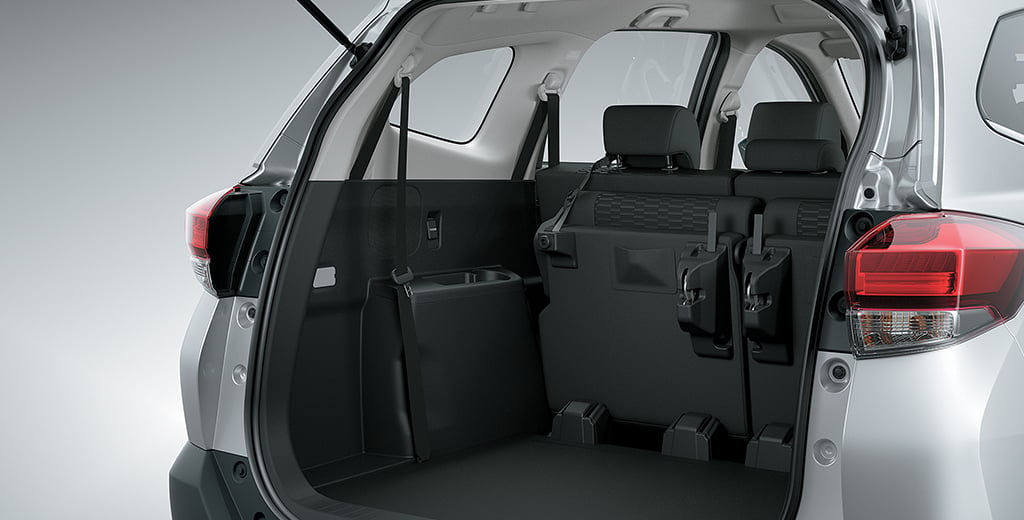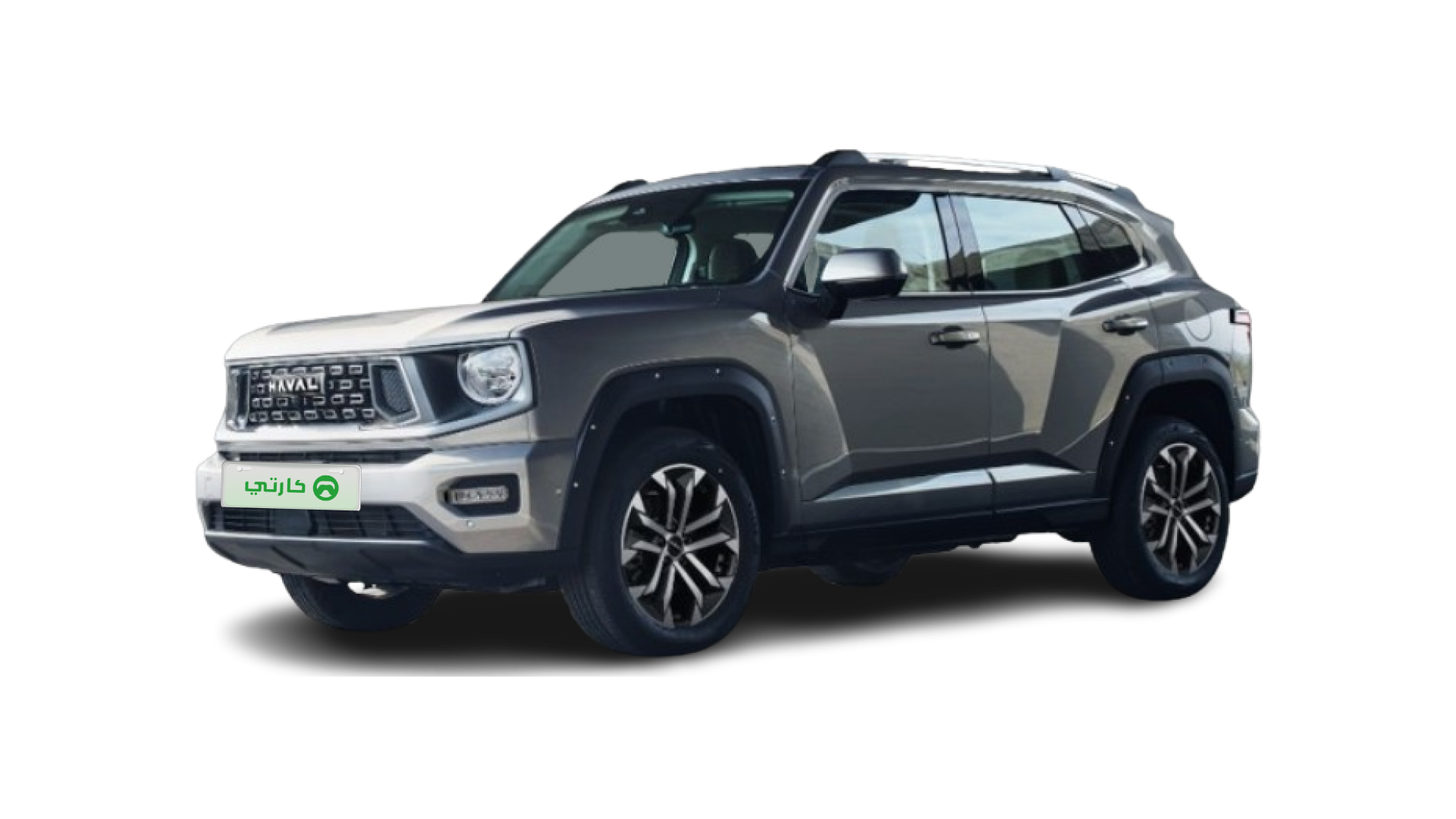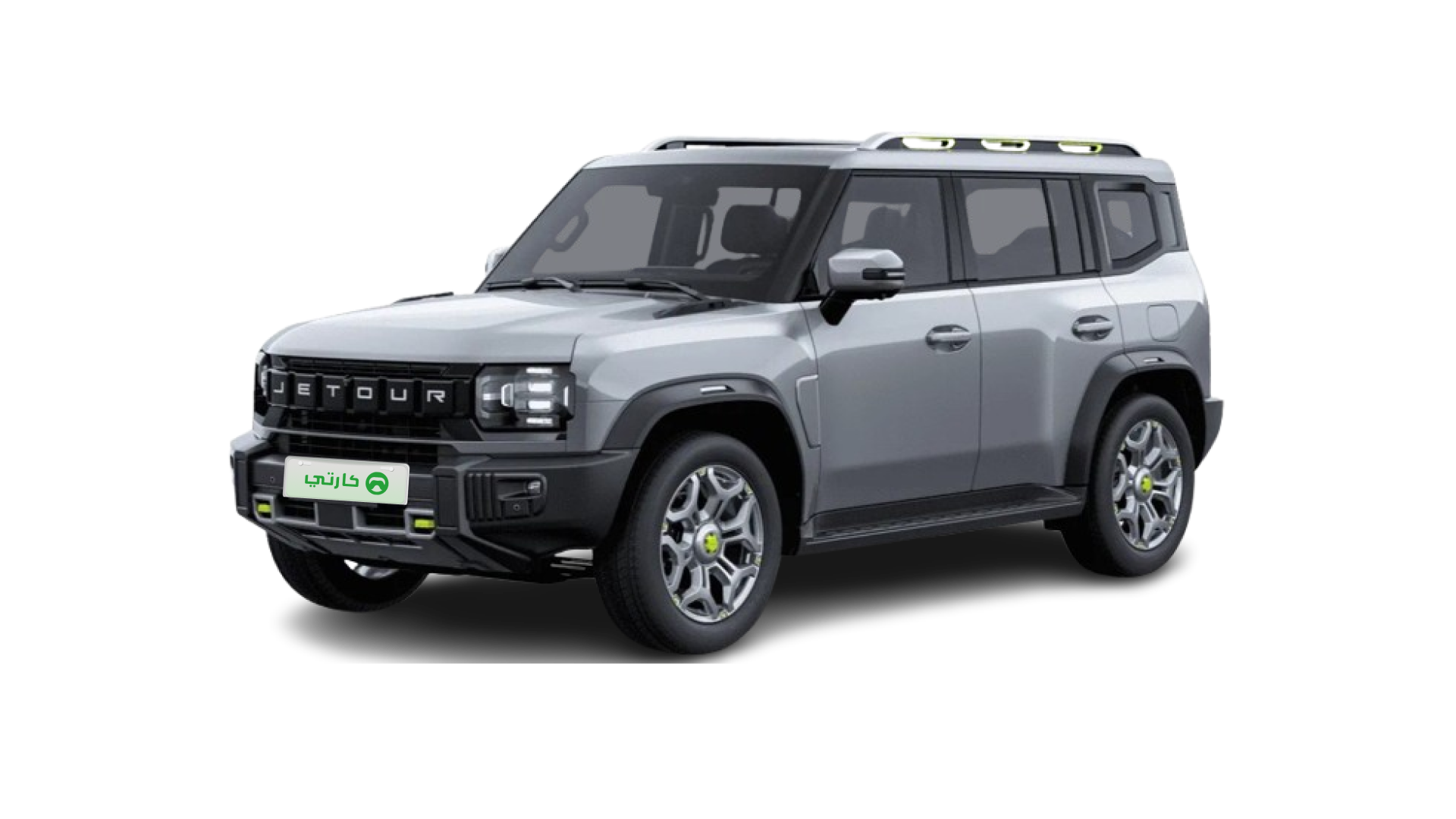The Toyota Rush Cylinder remains a critical component in ensuring your vehicle’s optimum performance. In 2025, staying ahead of engine issues can save you time and money. This guide offers practical tips tailored for Toyota Rush owners who value reliability and efficiency.
How to Keep Your Toyota Rush Cylinder Performing in 2025
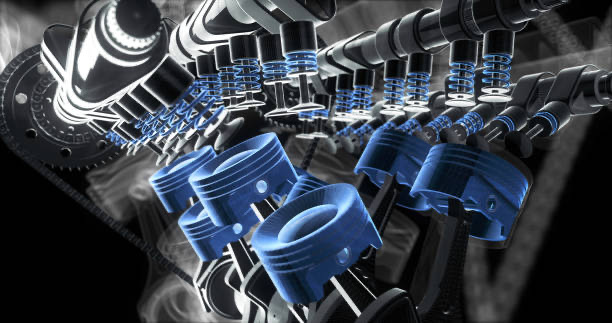
Ensuring your Toyota Rush Cylinder operates in peak condition is key to extending the life of your engine. You should start with routine maintenance and regular checks. This section explains simple, actionable steps you can follow to identify early signs of wear and take corrective action without delay.
3 Essential Maintenance Practices
Keeping your engine’s cylinder in top shape involves a few straightforward practices. Here’s what you need to do:
Compression Checks: Perform monthly compression tests using an OBD-II scanner. Aim for values between 135-160 psi. Regular checks help in early leak detection, ensuring smooth engine operation.
Oil Changes: Stick to replacing your engine oil every 10,000 km using 5W-30 synthetic oil. This practice minimizes oil consumption issues and helps maintain proper lubrication.
Spark Plug Inspections: Check your spark plugs every season, especially during tire rotations. This simple step can prevent misfires and ensure your engine cylinder ignites fuel efficiently.
Common Warning Signs to Watch
Keep an eye out for signals that might indicate potential cylinder problems. They might include:
Unusual misfiring during cold starts, particularly on cool mornings in the UAE or similar climates.
Persistent blue exhaust smoke even after your engine has warmed up.
A noticeable drop in fuel efficiency by about 15-20%, which can signal deeper engine issues.
Diagnosing Cylinder-Related Issues
Understanding the root causes of cylinder problems can save you from costly repairs. In this section, you'll find a clear, step-by-step approach to diagnosing issues related to your Toyota Rush Cylinder. The process involves both simple tests and checks that can be carried out with minimal technical expertise.
Step-by-Step Troubleshooting Guide
Below is a table summarizing diagnostic methods along with expected ranges and when you need to take action:
Test Method | Acceptable Range | Action Required | |
|---|---|---|---|
1 | Compression Test | 140 ± 5 psi | Values below 120 psi require leak detection and further inspection. |
2 | Oil Consumption | Less than 1L per 1,000 km | Excess consumption indicates the need for a piston ring inspection. |
3 | Thermal Imaging | 80-95°C operating temperature | Hotspots might suggest coolant flow issues that should be addressed immediately. |
Upgrade Options for Enhanced Durability
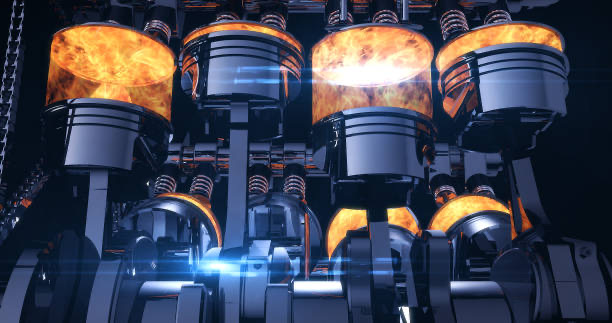
For those looking to boost performance or extend the lifespan of their Toyota Rush Cylinder, consider some upgrade options. These enhancements are designed specifically for the 2025 models and focus on reducing friction and improving temperature management.
2025-Specific Performance Parts
Explore the following upgrade options that combine durability with efficiency:
Aluminum Cylinder Sleeves: These offer improved heat management and overall cylinder integrity, priced between AED 1,200 and SAR 1,200/1,800. They are known for a robust performance, especially in fluctuating climates.
Low-Friction Piston Rings: Experience up to a 35% reduction in wear. Upgrading to these rings can help in sustaining better compression and minimizing oil bleed.
Advanced Head Gasket Designs: Opt for designs with laser-cut seals that provide enhanced sealing performance, reducing the possibility of coolant leakage and compression loss.
Cost Comparison Table
To help you evaluate your upgrade options, review this comparison table:
Upgrade Type | Parts Cost (AED/SAR) | Labor Hours | Expected Lifespan |
|---|---|---|---|
Complete Overhaul | AED 4,500 / SAR 4,500 | 12-15 | Approximately 150,000 km |
Piston Ring Kit | AED 850 / SAR 850 | 4-6 | Approximately 80,000 km |
Valve Seat Machining | AED 1,200 / SAR 1,200 | 3-5 | Approximately 100,000 km |
Climate-Specific Considerations
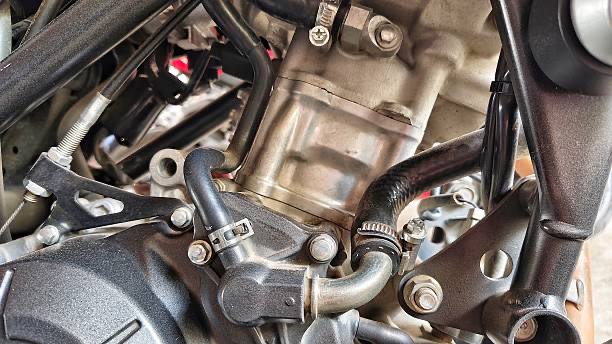
Local climate plays a significant role in engine performance. Whether the scorching summer or slightly chilly winter conditions prevail, you should adjust your maintenance routines accordingly:
Summer (June-August):
Check coolant concentration every 6 weeks to ensure your engine remains cool under high temperatures.
Replace air filters after every 8,000 km to maintain optimal airflow, which is crucial during sandier conditions.
Perform nighttime diagnostics to avoid heat distortion interfering with sensor accuracy.
Winter Preparation:
Consider cylinder wall lubrication treatments that minimize friction during cold starts.
Install a block heater if the morning temperatures dip towards -5°C, ensuring smooth engine startups.
Use fuel additives to reduce moisture buildup and improve combustion efficiency.
Smart Monitoring Solutions
Keeping a vigilant eye on your cylinder’s health can prevent unexpected breakdowns. Modern OBD-II adapters make monitoring simple and efficient. Here are a few recommendations:
BlueDriver Scan Tool: An affordable choice at around AED 399 / SAR 399, perfect for regular cars.
Autel MaxiCOM MK908P: Though pricier at about AED 1,150 / SAR 1,150, it provides advanced diagnostics.
Toyota Techstream Lite: Available for approximately AED 650 / SAR 650, this tool works seamlessly with Toyota models.
Monitoring parameters to focus on include:
Real-time cylinder temperature readings to catch anomalies early.
Instantaneous oil pressure values, with a normal range from 20-60 psi.
RPM-specific vibration patterns that might hint at imbalances or early signs of wear.
FAQ
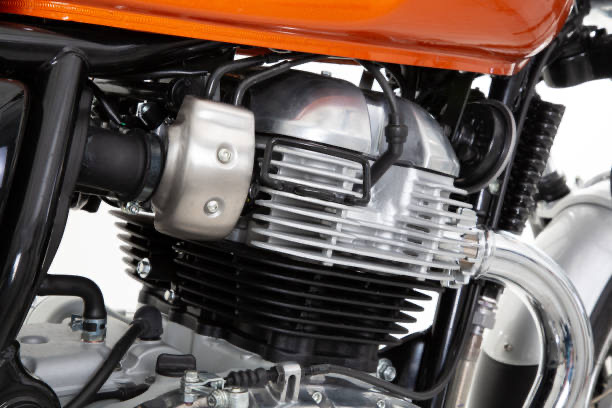
Q1:How often should I check my Toyota Rush Cylinder’s compression?
Checking your cylinder’s compression on a monthly basis is recommended. Regular compression tests help you spot early signs of leaks or reduced performance. Using an OBD-II scanner simplifies this process and ensures the readings are accurate. If you notice values consistently falling below the optimal range, it may be time to consult a professional for a more detailed inspection. Keeping up with these checks can significantly extend the life of your engine.
Q2:What are the signs of an aging cylinder in my Toyota Rush?
You might observe symptoms like irregular engine misfires, persistent blue smoke from the exhaust, or a drop in fuel efficiency. These signs often indicate issues with the cylinder head seal, piston rings, or even the cylinder walls. It’s essential to monitor these signals carefully and schedule maintenance before the condition worsens. Early diagnosis through compression tests and oil consumption checks can save you costly repairs later.
Q3:Which upgrades will provide the best performance boost for my Toyota Rush Cylinder?
Enhancing your engine with aluminum cylinder sleeves, low-friction piston rings, and advanced head gasket designs can significantly improve overall performance. Each part plays a vital role in reducing wear and improving thermal management. The selection depends on your specific needs and budget. Research the cost and expected lifespan, then choose a combination that addresses your car’s most pressing issues.
Q4:How can the local climate affect my Toyota Rush Cylinder maintenance?
The local climate, particularly the extreme heat in the Gulf region, necessitates modifications in your maintenance routine. High temperatures can accelerate wear and increase oil consumption, while cooler early mornings may demand additional precautions like block heaters. Regular coolant checks and timely air filter replacements become more critical. Adjusting your maintenance schedule based on seasonal changes can help maintain engine efficiency.
This article is for reference only, please abide by local regulations.
Read More:
Why Silver Cars Dominate UAE Roads in 2025?
How to Check American Car Accident History in UAE:2025 Buyer's Guide
How Much Does Car Insurance Cost in UAE? 2025 Price Trends Revealed
7 pics

Mustafa Karim, having been deeply involved in automotive research and development for over ten years. He is fond of Japanese cars, and their precise and energy-efficient features have influenced him. In his spare time, he loves Japanese anime and kendo, drawing inspiration from them for control system research and development. He also often shares cutting-edge automotive knowledge on platforms, contributing to industry innovation and adding strength to automotive development with his expertise.






